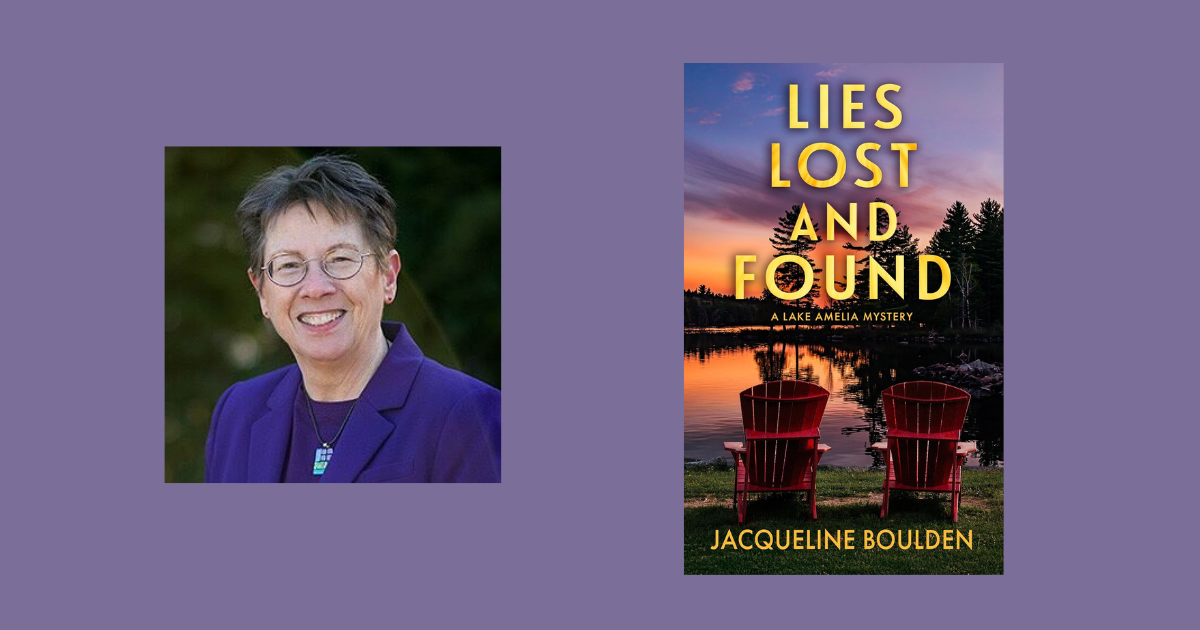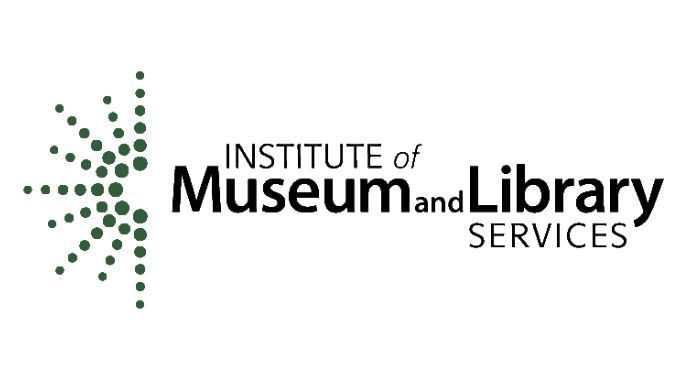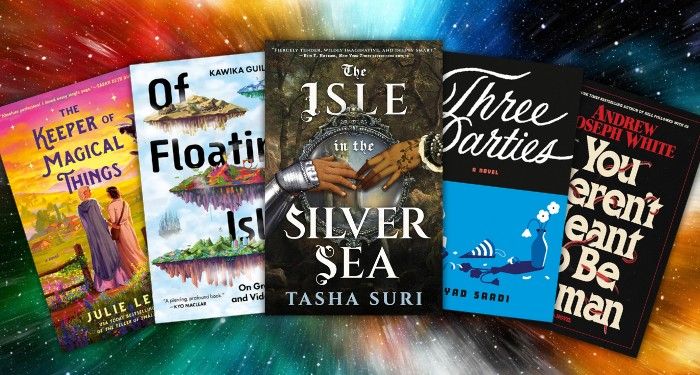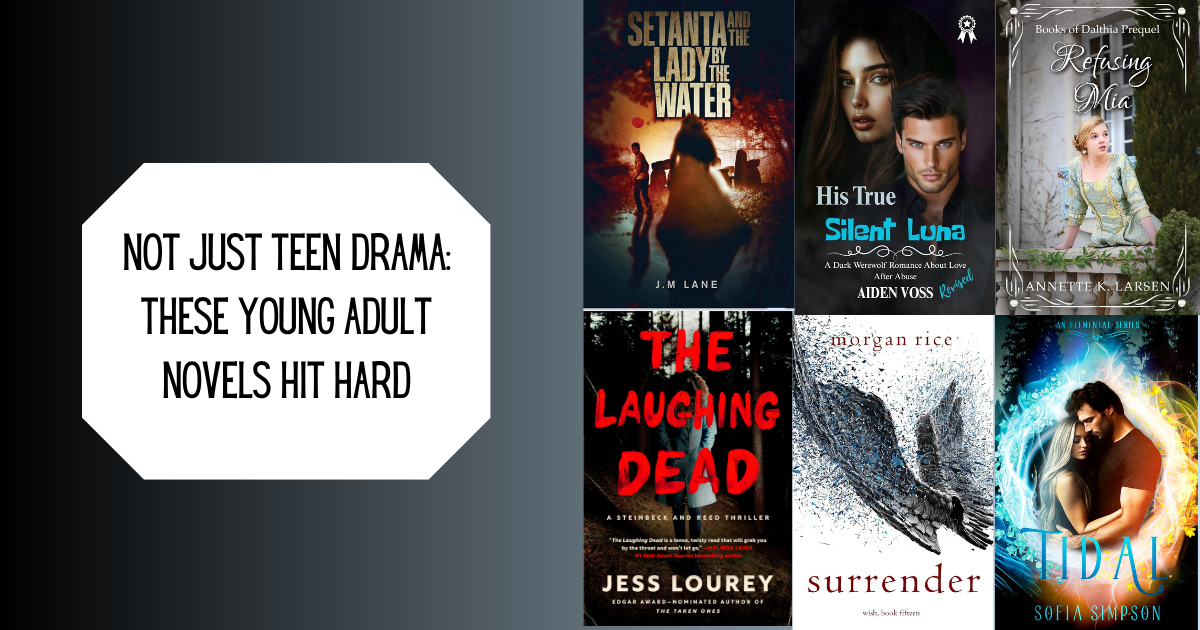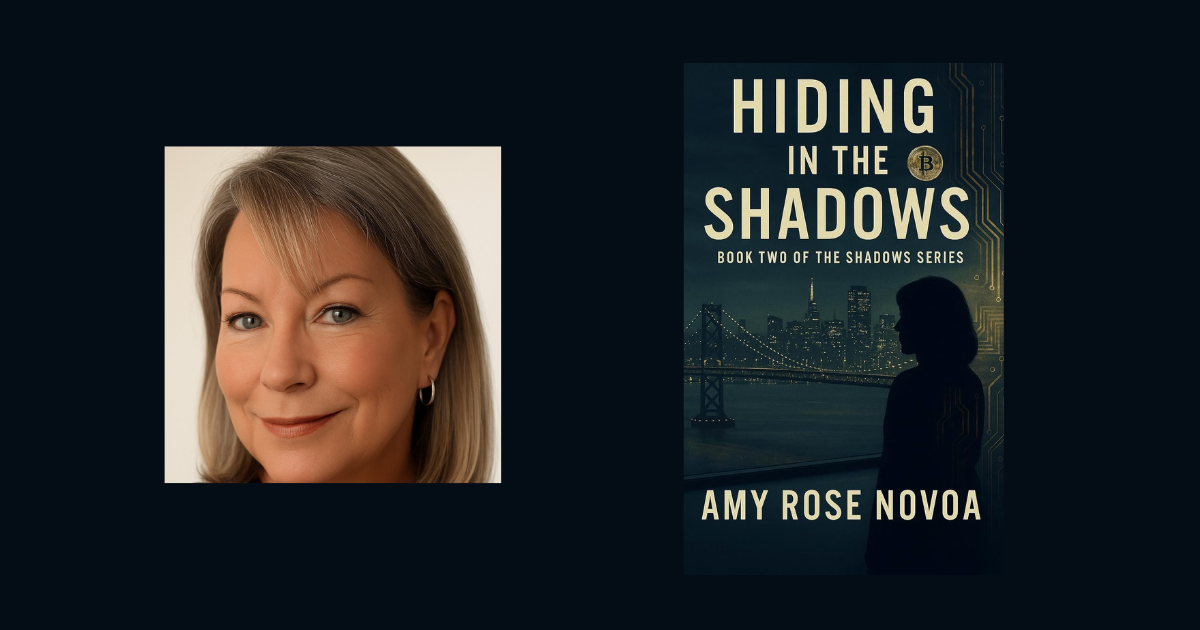In The River Has Roots, the Hugo Award-winning author of ‘This Is How You Lose the Time War’ has given us a fairy tale for our time. In the novella’s world, the West Country of England lies alongside the magical land of Arcadia. Music binds the two realms together through a force called grammar, which can be conjugated for good or ill, depending upon the skill and intention of the grammarian. Amal El-Mohtar spoke to BookPage about the brilliant audiobook of her novella, narrated by Gem Carmella, and the music she and her sister contributed to the production.
Grammar is the essence and ground of The River Has Roots. How did the idea of grammar come to you, and how did you arrive at the decision to transform the academic meaning of the term into something radically new?
I can’t remember where or when I learned that grammar and grimoire and grammarye share etymological roots—from the French grammaire, in turn drawing on Latin and Greek—but the idea that any sort of learning or reading was seen as potentially supernaturally powerful has always appealed to me. I grew up in Quebec and first learned grammar in French, where we were drilled in verb forms and parts of speech from grade school on; later, in university, I was struck by how little anglophones seemed to have any formal instruction in grammar, because the ubiquity of English just made everyone absorb it in a kind of cultural osmosis. But when it came time for me to teach students, I wanted them to have that connection between grammar and magic as a hook for their interest: This thing that’s a synonym for boring and dry used to be revered as powerful, as the means of structuring and organizing thought, and through thought, will.
All to say, I don’t think it’s a radically new meaning so much as a recuperation of a radically old one: Radical, after all, comes from the Latin radicalis, meaning “forming the root.” Old roots for new rivers of meaning, branching and joining as they meander.
“What poetry does to language, what singing does to speech, is what fantasy does to reality. It breaks the real into the true. It excavates and enshrines a feeling.”
At a culminating point in the story, you write, “This is the grammar of Arcadia, which breaks the real into the true.” I’m not asking you to explain this statement—that would surely be ungrammatical! But I would love to hear what you have to say about the difference between what’s real and what’s true.
One of the workshops I teach invites students to define the difference between poetry and prose. I ask them what, for them, are some properties of poetry? After they list a bunch of things like rhythm, alliteration, metaphor, line breaks—really fill a whiteboard with variations on them—I go through them and point out all the ways those things also exist in prose. What’s a paragraph break if not a line break?—and so on.
This is all a sort of jerky pedagogical way of bringing them to my own definition: that the difference between poetry and prose is the difference between singing and speaking. That they’re not opposites, but related modes with different emphases. That they use different parts of our brains, that we experience and embody them differently. Which is in turn a way of bringing them to another insight: that what poetry does to language, what singing does to speech, is what fantasy does to reality. It breaks the real into the true. It excavates and enshrines a feeling.
At every moment, your prose sings with a unique syntactical energy, right down to the placement of verbs or commas. Would it be possible to propose that your writing—and Gem Carmella’s reading—are embodiments and enactments of your story’s grammar?
Oh, absolutely, and how flattering! That was very much my intention, so it’s a real treat to have it received that way!
What was it like working with Carmella on her beautiful performance? Did you give her suggestions about vocal characterizations or the passages when she breaks into song?
I never communicated with her directly while she worked on it—that was all Steve Wagner, the audiobook director—but he asked me if I had any suggestions for song tunes or references for Gem to riff on, and I gave what I could! I’m so thrilled she sings in her performance.
“It felt like magic when we sang it together the first time. It felt like we’d opened a door to the past and were holding it to let something vital come through.”
Can you tell us about the challenges and joys of composing and recording music with your sister, Dounya El-Mohtar, for the audiobook?
Oh, it was so stressful but ultimately so wonderful! My sister’s a proper musician, conservatory trained, and spent years teaching music; I’m just a writer who happens to play the harp. But we both had fallen into the feeling that our best music-playing days were behind us, and there’s a lot of anxiety around trying to live up to our memories of how good we used to be at our respective instruments, when we had so much more time to practice, when we semi-regularly performed. I kept saying that we didn’t have to be album-good, that we just needed to be practiced enough to turn up in the studio and have some lines to improvise along on our instruments and some songs practiced enough to sing harmonies on. But getting there was difficult, and we had to reschedule our session several times. Ultimately, though, I really love what we did—especially our singing of “Tarweedeh Shmaali,” or “Lover’s Hymn,” which, I can’t say this any other way, felt like magic when we sang it together the first time. It felt like we’d opened a door to the past and were holding it to let something vital come through.

Like grammar, music is written into the landscape of your story. There are the Modal Lands. There is the Refrain. As someone who deeply loves the West Country of England, I feel bound to ask if there is something special for you about the location of Thistleford near the cathedral city of Exeter. The music of this landscape is obvious to me. Do the further layers of wonder you bestow on the land arise from your own connections with it? Is Arcadia very nigh, down Devon way?
They very much do arise from my connections to it! Thistleford is very closely modelled on Chagford, a real place, and “Grammarye Town” is riffing on the fact that Chagford is an old Stannary Town: an administrative center for managing the collection of tin coinage. So, in the book, Thistleford is an administrative center for managing the collection of raw grammar.
I first came to Chagford in 2007, on a trip with Jessica Wick and Oliver Hunter, my co-creators of Goblin Fruit, a quarterly poetry journal we ran online for a number of years. We met Terri Windling there, who introduced us to many of the town’s artistic luminaries, many of whose imaginations had nourished our own: Alan Lee, Marja Lee Kruyt, Brian and Wendy Froud. I fell in love with Chagford—my decision to pursue graduate studies in the UK arose chiefly from wanting to be near it and the people there. The way the light and shadow move over the moors inspired the Modal Lands—the weather can change so swiftly and suddenly—and the description of the vegetation in Arcadia reflects what I’ve read of how the moors looked before massive Bronze Age deforestation.
Does your choice of names for the characters have a bearing on who they are, and what happens to them? Though I won’t give a spoiler, Samuel Pollard’s name struck me as connected to his fate.
Well spotted! And yes, whenever I name characters there’s usually a combination of a name that “feels” right with some gesture towards a deeper meaning.
Were other sisterhoods in literature part of your inspiration for the unbreakable bond between Esther and Ysabel? I’ll name three possible sources that came to mind for me: Sense and Sensibility, Little Women and Middlemarch.
Honestly they weren’t! Mostly I was working from my own relationship with my sister and inverting the usual sibling animosity in ballads and fairy tales. Ultimately, Esther and Ysabel came from a desire to put more loving sisters on the page.
Read our starred review of the audiobook of The River Has Roots.
Photo of Amal El-Mohtar by Ainslie Coghill. Recording session photo courtesy of Amal El-Mohtar.

